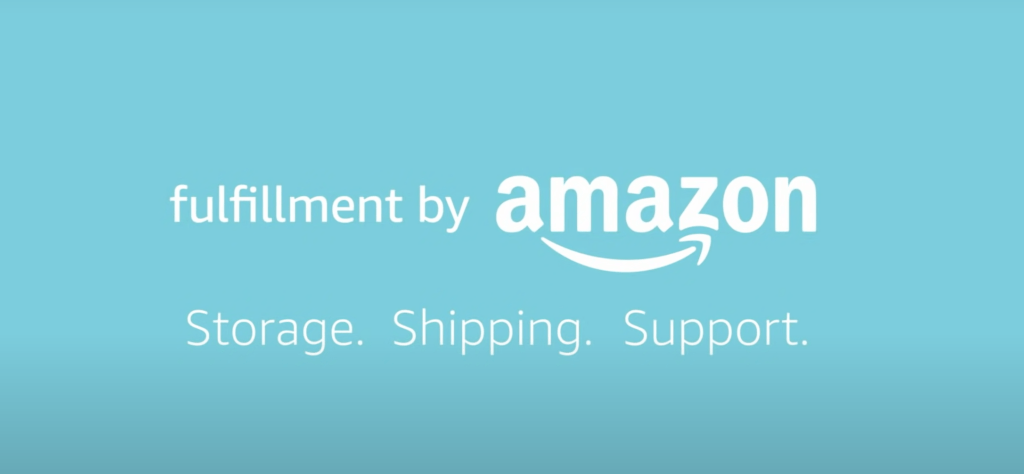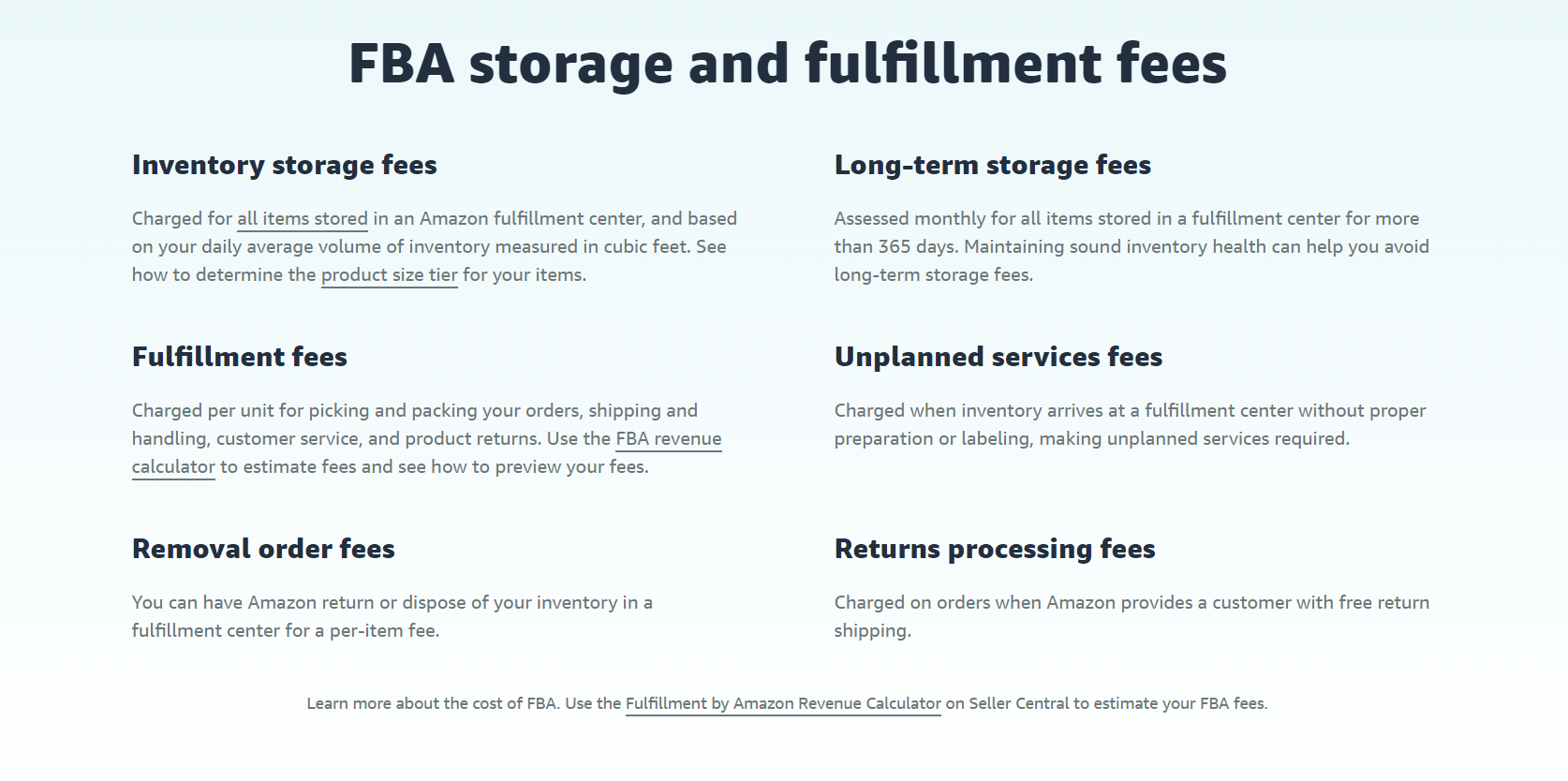
For resellers, putting up presale listings can circumvent risk and lock in early profits

Margins are down across the board, but volume is up. Flipping sneakers is still plenty profitable

We're seeing some of the biggest profits since 2009. If you're not thrifting, you're leaving money on the table

Gaming
It has to do with money












